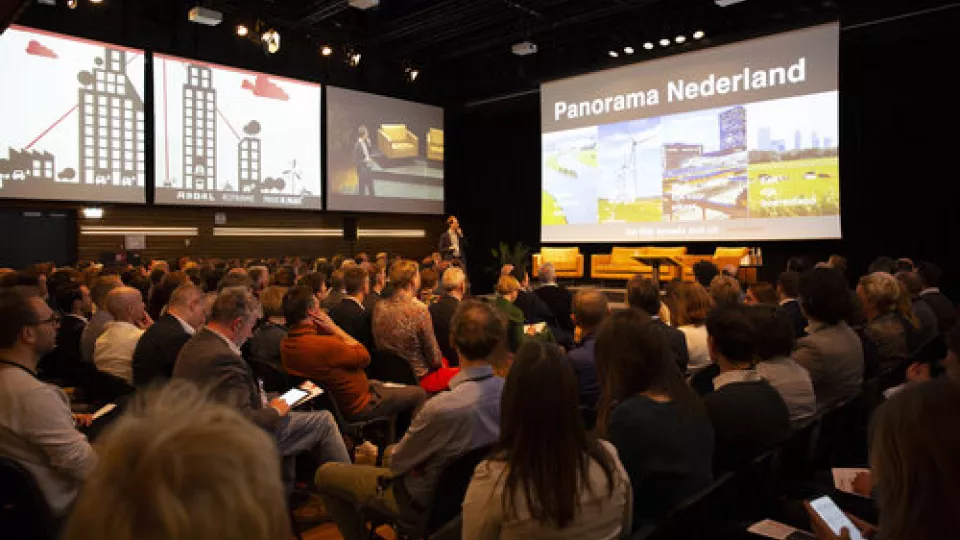On 16th April 2019, Lucie Zvolska from the Urban Sharing team attended a Living Mobility Congress in Amsterdam, which brought together over 300 representatives from mobility businesses, urban planners, the city governments and the academia. The aim of to Congress was to (re)imagine the future of mobility in cities and in new area developments. We heard examples from a number of cities, including London, Mexico City, Amsterdam, the Hague, or Bremen.
We learnt that Amsterdam, like many other cities, is facing a number of challenges: air pollution, technological change, and competition for space were among them. According to the Senior Program Manager in Smart Mobility Lizann Tjon, if nothing is done, the city will not be for everyone anymore. Amsterdam wants to be a shared city and wants people to share their cars. Statistics show that the locals only use their cars once a week. The city also wants to change the mobility behaviour of its citizens towards the use of smart mobility solutions; manage the digital mobility system; share data with shared mobility companies; create public spaces where new mobility concepts are tested; and make it easy for all citizens and visitors to travel cleanly.
One of the sessions, The State of Smart and Shared Mobility, was especially interesting in terms of the sharing economy. We learnt that Amsterdam is stimulating closeness (to travel), busses and rail, and eco-friendly modes of transportation, including shared mobility. There was also an interesting discussion on how it is no longer enough to have a mobility plan in a city, but a cooperation between cities and different disciplines is needed to transform to a sustainable mobility. Already now, there are talks about integrating mobility plans in all of the country, not just in Amsterdam. In addition, car sharing is needed to accelerate the transition. However, with a plethora of shared mobility business models, there is need for further research regarding their social and environmental impacts.
Currently, there are two large-scale are development projects in Amsterdam, Sluisbuurt and Strandeiland where public and alternative modes of transportation will be the norm. Residents of these areas will primarily use public transportation and bicycles to get around. Sluisbuurt is being developed with 0.2 parking spaces per household, including car sharing. The developers are currently exploring what type of shared cars should be used; who will be able to use them and who will be able to access the car park (residents/non-residents); who will be financing it, and how can car sharing be made accessible for people of all incomes. The Strandeiland area development project will offer 0.4 parking spaces for privately owned vehicles and 0.64 spaces for shared cars.
Overall, we learnt that mobility is being re-imagined in Amsterdam, a city that has seen a large shift from the ownership of private vehicles to the use of other forms of transportation modes. Shared mobility is likely to play a major role in this mobility shift in the future.
Original Text: Blog post by Lucie Zvolska


